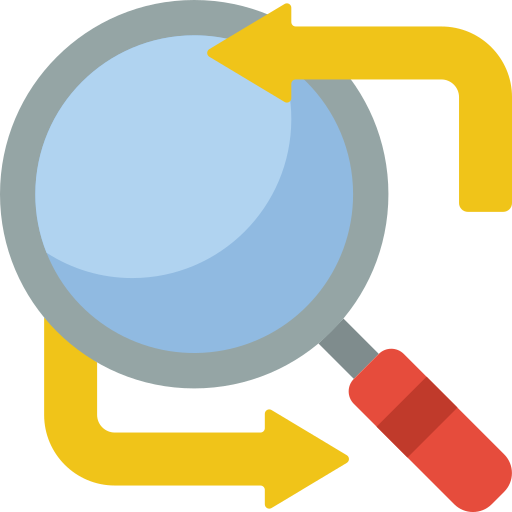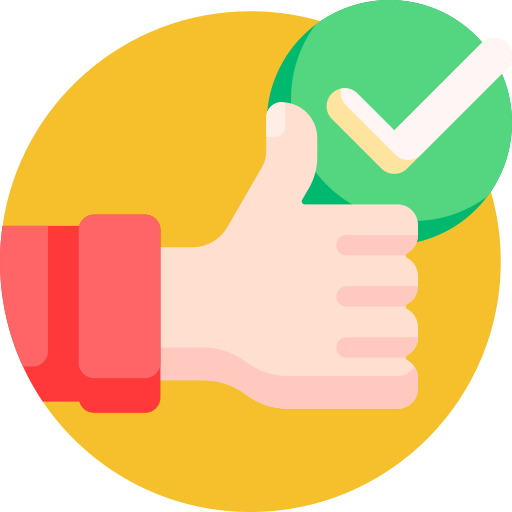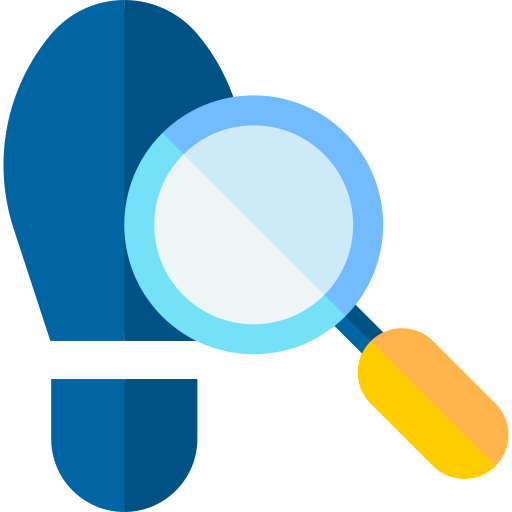Have you read an article online and wondered if the information was true? Have you ever wanted a research-based strategy to help you verify information in real-time? If you answered yes, lateral reading may be right for you.

Lateral reading is "the act of evaluating the credibility of a source by comparing it with other sources."
Reading laterally helps you verify evidence and discover potential falsehoods or inaccuracies in the information you read.
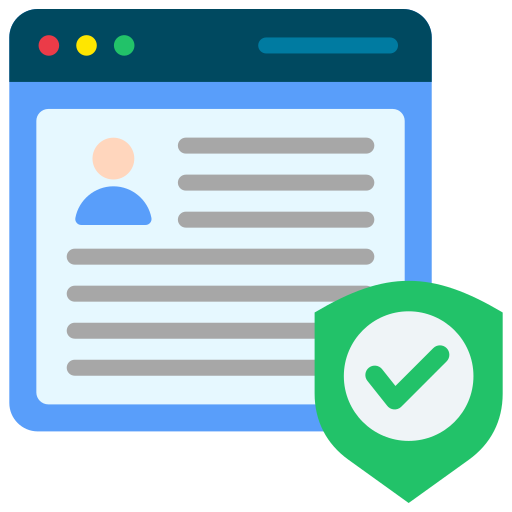
Why is it important to verify sources and information?
There is much heavily biased, misleading, or flat-out wrong information on the Internet.
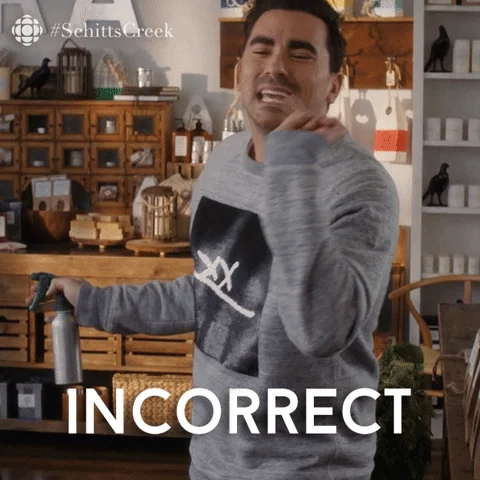
It is best practice to always verify your sources. But when researching, the information you're using must be accurate and up-to-date.
Your whole study will be based on inaccurate data and facts if you begin with unreliable information.
Thankfully, an easy way to verify information is to read laterally instead of vertically.

When we're first taught to read, we're taught to read vertically. We begin at the top of the page and then read or scan our way down toward the bottom.
This method is great for reading books. However, when you only read vertically online, you deny yourself the opportunity to independently fact-check and verify information.
Lateral reading is opening new tabs to find that information elsewhere online. You essentially evaluate a source by reading about it on other sites that you trust.
Lateral Reading vs. Vertical Reading

Lateral Reading
Relies on many sources
Employs rereading and verifying information
Reader opens many tabs and reads multiple articles on the same subject
Actually verifies facts with original sources

Vertical Reading
Relies on only one source
Usually contains only a single glance or readthrough
Reader reads a single article or webpage from top to bottom
Trusts the author of a single article to "get it right"
Quiz
Select which sources you'd want to use lateral reading to verify:
How to Read Laterally
Lateral reading means verifying information as you're reading it.
 Photo by bruce mars on Unsplash
Photo by bruce mars on UnsplashAs you're reading, or when you finish an article, open a new tab and try to find that information elsewhere.
Trace all media and direct quotes back to their original source. Make sure that you can verify all claims made in the article.
It may take more time, but with all of the misinformation and disinformation out there, you must do this yourself.
It may feel "wrong" or unorganized to have so many tabs open at once, but it's a good thing when you're checking the validity of your sources!

Use the SIFT Method
As a way to help you read laterally, Washington State University's Mike Caulfield created a method called SIFT.
S: Stop
Before you accept one website or publication's findings as truth, take a beat and verify the information in other reputable sources.
I: Investigate the source
Ask yourself a few questions about the source:
Who created this information and what is their purpose?
Are the facts backed by sources?
Are there unbelievable or emotional claims?
When was the information published or updated?
F: Find better coverage
Try to find the information elsewhere online. Make sure those sources are just as reputable or better than your original source.
T: Trace all claims, quotes, and media back to their original source
Find the content in its original context. If an article refers to a study, find the study and verify it claims what the article says it does. And make sure it hasn't been updated or even retracted since it was published.
Quiz
Select who would be a credible source for a study about human nutrition:
Quiz: Lateral Reading Scenario
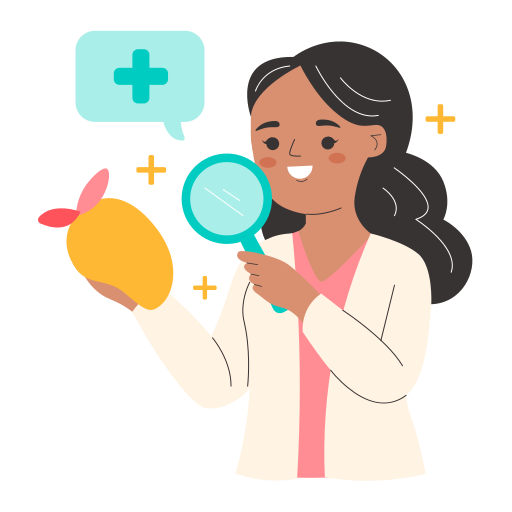
You found the following claim in a blog post about nutrition:
Having a close relative, such as a parent, sibling, or grandparent, who has high levels of cholesterol...means you may be at a higher risk of having it too, because you may have inherited genes that contribute to high cholesterol levels. People with [high levels of cholesterol] can’t control their cholesterol through diet and exercise alone and may also need to take medication.
You've found a related article by a dietician with a doctoral degree that touches on the claim. What should you do next?
A. Pause. Find more sources to support the information.
B. Pause. Investigate the credentials of the dietician.
C. Continue. You've done your due diligence, found the same information in two places, and one seems credible enough.
D. Start over. It's too hard to know what to trust, so we shouldn't trust anything.
Quiz
What should you do next? Select all that apply:
Take Action
Keep lateral reading in mind the next time you read an article and need to verify the information the author is trying to convey. Like any new skill, it will become easier over time and through practice.
 Photo by Wes Hicks on Unsplash
Photo by Wes Hicks on UnsplashStart here with these next steps:
Your feedback matters to us.
This Byte helped me better understand the topic.


